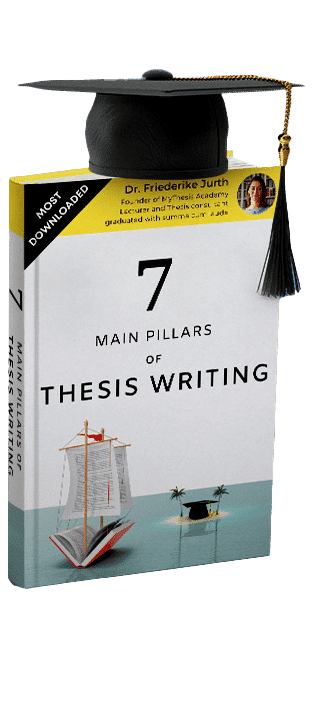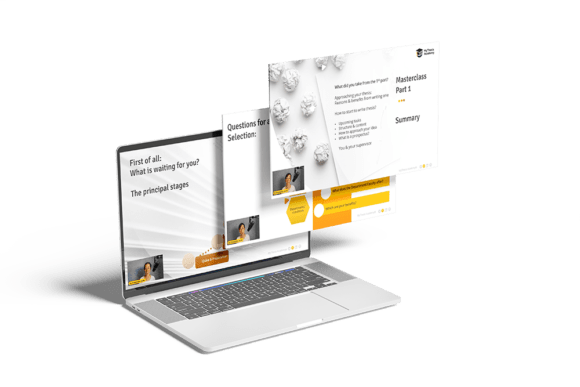Welcome to this comprehensive dictionary of definitions, specifically designed to shed light on the concepts and terminologies related to What is an abstract paper. This resource is indispensable in understanding the intricacies of academic writing, more specifically, creating an impactful abstract for your thesis. An abstract is a critical component of your thesis, hence comprehending its structure, purpose, and characteristics is essential. It plays a significant role in presenting your research to your readers, helping them understand the core of your study. This dictionary will provide you with a detailed understanding of various concepts related to an abstract paper, enabling you to create an engaging, concise, and informative abstract for your thesis.
What is an abstract paper – Definition
What is an abstract paper? In the academic world, an abstract is a critical component of a research paper, thesis, or dissertation. It’s a concise summary, usually about 200-300 words, that presents the main points or findings of a study. It’s often the first element of your paper that other scholars will read, making it a pivotal piece that can make or break your work’s success. As such, mastering the art of writing an effective academic abstract is an essential skill for university students.
The Purpose of an Abstract
The primary purpose of an abstract is to provide a brief, yet comprehensive overview of your entire paper. This includes your paper’s purpose, the methodology, the main findings, and the implications. It’s important to note that an abstract isn’t just a teaser or an introduction—it’s a mini version of your paper. This is why it’s commonly found in databases like PubMed or JSTOR, helping researchers quickly identify whether a paper is relevant to their own work.
Types of Abstracts
There are typically two types of abstracts: descriptive and informative.
A descriptive abstract outlines the topics covered in the paper but leaves out details of the study itself. It’s more akin to a table of contents in paragraph form.
On the other hand, an informative abstract provides more detailed insights, including the purpose of the paper, the methodology, the results, and conclusions. Most academic papers require an informative abstract.
Writing the Abstract: A Step-by-Step Guide
Now that we’ve answered the question, “What is an abstract paper,” let’s delve into the steps of creating an effective abstract.
- Write the Paper First: It might seem counterintuitive, but it’s best to write your abstract last. This allows you to accurately summarize your complete work.
- Identify Key Elements: Highlight the most critical points from each section of your paper—introduction, methods, results, and conclusions. These will form the core of your abstract.
- Write Concisely: Remember, an abstract needs to be short but comprehensive. Avoid unnecessary filler words and be concise in your descriptions.
- Use Active Voice: While passive voice is often used in other sections of a paper, active voice is preferable in an abstract. It’s more direct and easier to understand.
- Review and Revise: As with any academic writing, you

The Five Essential Components of an Academic Abstract
Every abstract should include five main components that provide a clear and comprehensive overview of your research paper. These components are the Purpose, Methods, Results, Conclusions, and Implications.
1. Purpose
This is where you state the problem that your research addresses or the research question. You should also include the scope of your research, the overall aim of the study, and the hypothesis.
2. Methods
In this section, you describe the methodology used to answer your research question. This includes the study design, data collection methods, and any statistical tests you employed.
3. Results
This section provides a summary of the most important findings of your research. The results should be presented in a clear and concise manner, including any significant data that supports your conclusions.
4. Conclusions
Here, you summarize the interpretations and inferences made based on the results of your research. You should briefly describe the conclusions that can be drawn from your findings.
5. Implications
This section discusses how the results of your research could be applied in the real world. You should also mention any potential future research that could be conducted based on your study’s findings.
To write a high-quality abstract, you should ensure that each of these components is included and clearly articulated. Remember, the abstract is the first thing that most readers will see, so it is crucial to make a good impression.
An abstract is typically written after the completion of the full paper, as it encapsulates the entirety of the study. It is generally between 150 and 300 words long, although this can vary depending on the guidelines provided by the publication or conference to which you are submitting your work. It’s worth noting that despite its brevity, an abstract must be clear, concise, and accurately represent the full paper.
Summary
In conclusion, an abstract paper is a brief summary of a longer research article or paper, providing an overview of the content, methods, results, and conclusions. It is designed to give readers a quick overview of what the paper is about, enabling them to decide whether to read the full paper. It also helps researchers identify relevant studies in their field of interest. The abstract is usually written after the rest of the paper is completed, allowing the author to accurately summarize the work.
The abstract is a critical part of a research paper, serving as the first point of contact for potential readers. A well-written abstract can attract more readers to the paper and make it more likely for the paper to be cited in other works. While the abstract does not include detailed arguments or data, it should provide a clear and concise overview of the research question, the methods used, the main findings, and the implications of the study.
Writing an effective abstract requires clear and concise writing, focusing on the most important elements of the research. The author should avoid unnecessary jargon and ensure that the abstract can be understood by a non-specialist audience. Despite its brevity, the abstract can have a significant impact on the reach and impact of the research paper.
In essence, an abstract paper is a vital tool in the realm of academic research, bridging the gap between researchers and their audience, fostering comprehension, and facilitating scholarly communication.


